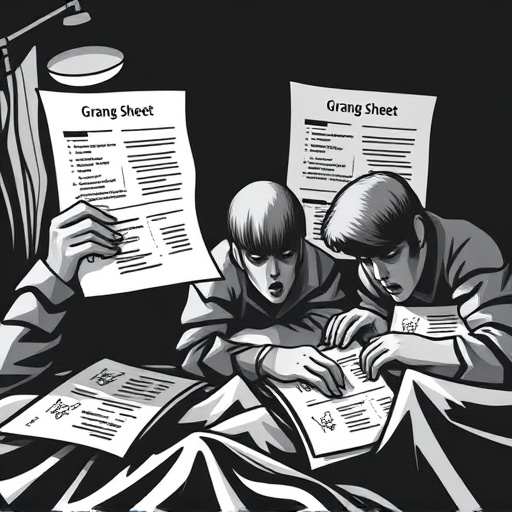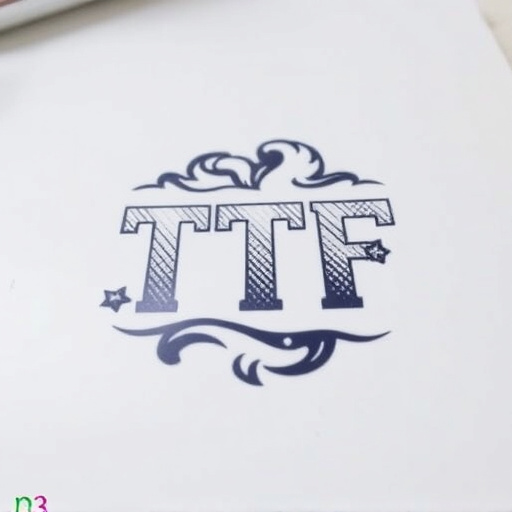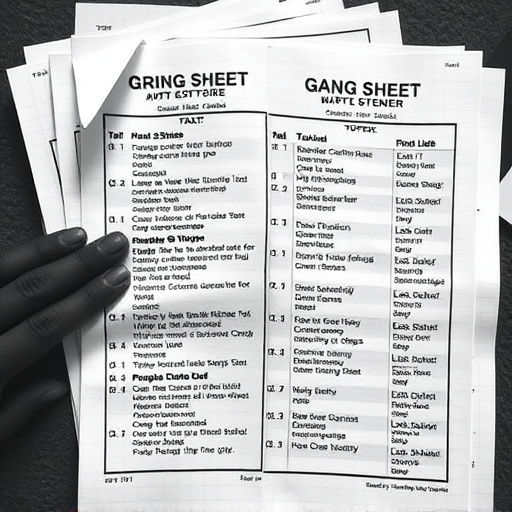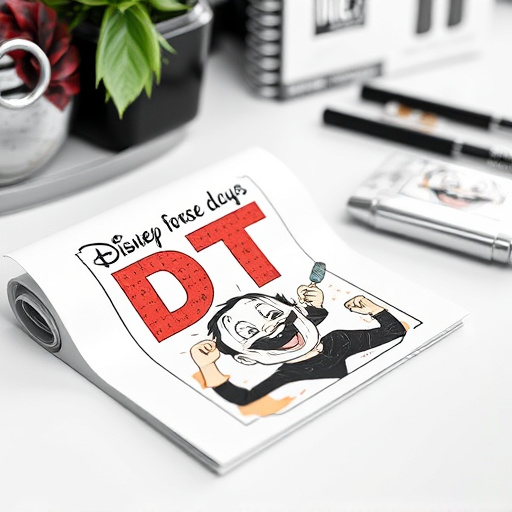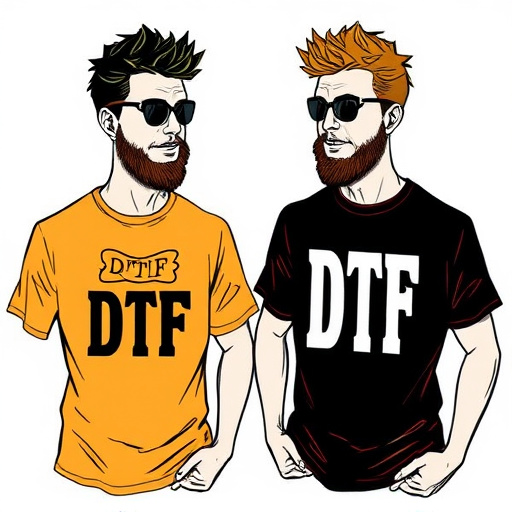Before embarking on a Direct to Fabric (DTF) transfer project, gather essential materials including a high-quality DTF printer, specific transfer sheets for your fabric type, a heat press machine with consistent heat control, cleaning solutions, applicator tools, and test fabrics. Choose DTF heat transfer paper designed to withstand direct heat and pressure for crisp, durable prints. Key tools include high-quality DTF transfer film, reliable heat press machine, precision cutting tools, clean fabric, and a heat-resistant work surface. This well-prepared arsenal ensures professional DTF transfer results ready for pressing onto t-shirts or other items.
“Unleash your creativity with our comprehensive guide to crafting perfect Direct to Film (DTF) transfers. From choosing the right materials like transfer paper and essential tools, to preparing and optimizing digital designs for optimal printing, this step-by-step tutorial has you covered. Learn the art of applying transfers onto various surfaces and mastering the curing process using heat press or UV light. Avoid common pitfalls and elevate your DTF Transfer Ready To Press skills today.”
- Gather Your Materials
- – Types of transfer paper suitable for DTF (Direct to Film) transfers
- – Essential tools needed for the process
Gather Your Materials
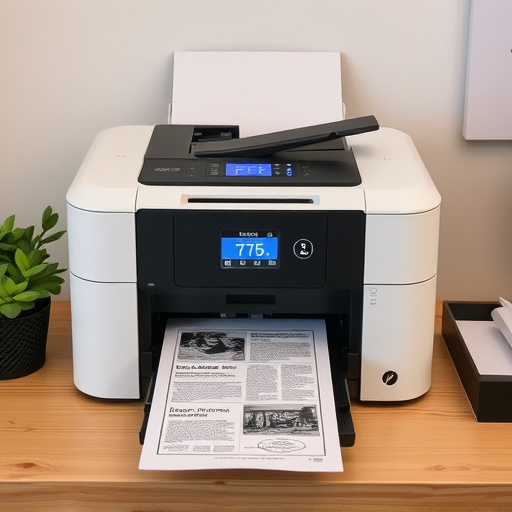
Before you begin your DTF (Direct to Fabric) transfer project, it’s essential to gather all the necessary materials to ensure a smooth and successful process. For a DTF transfer ready to press, you’ll require specific items designed to deliver crisp, long-lasting results on various fabrics. Start by acquiring a high-quality DTF printer, known for its precision and ability to produce vibrant prints. This is a cornerstone of your setup, so choose the best DTF printer suitable for your needs and budget.
Additionally, stock up on DTF transfer sheets specifically designed for t-shirts or other fabrics you intend to print on. These sheets act as an intermediary between your design and the fabric, allowing for precise application of the graphic. Don’t forget to include a suitable heat press machine that provides consistent and controlled heat, crucial for fusing the transfer onto the fabric permanently. Other essentials include cleaning solutions, applicator tools, and various types of fabric for testing and practice. With these materials at hand, you’ll be well-prepared to embark on creating stunning DTF transfers for your t-shirts or other fabric items.
– Types of transfer paper suitable for DTF (Direct to Film) transfers
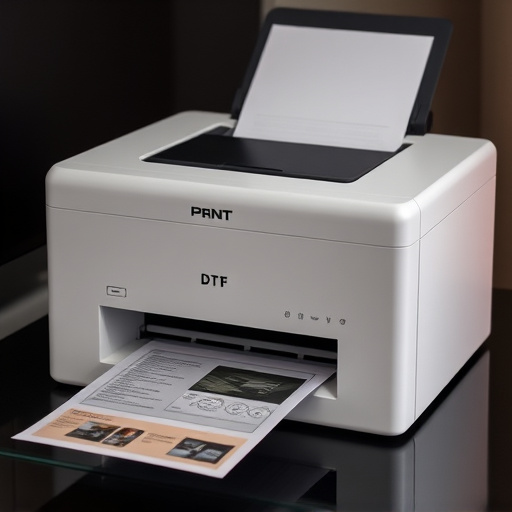
Choosing the right transfer paper is a key step in achieving high-quality DTF (Direct to Film) transfers. For this process, look for paper designed specifically as DTF heat transfer paper. These papers are engineered to withstand the direct application of heat and pressure during the transfer process, ensuring crisp and durable results. They come in various types, each with unique characteristics:
The most common option is vinyl-based paper, known for its durability and versatility. It’s suitable for a wide range of designs and can handle multiple wash cycles without fading or cracking. Another popular choice is poly-cotton blend paper, which offers a balance between the crispness of 100% polyester and the comfort of cotton. This option is ideal for creating soft, breathable garments with vibrant prints. Additionally, there are specialty papers designed for specific fabrics like dark clothing or textured surfaces, requiring unique printing and heat-application techniques to achieve optimal results.
– Essential tools needed for the process
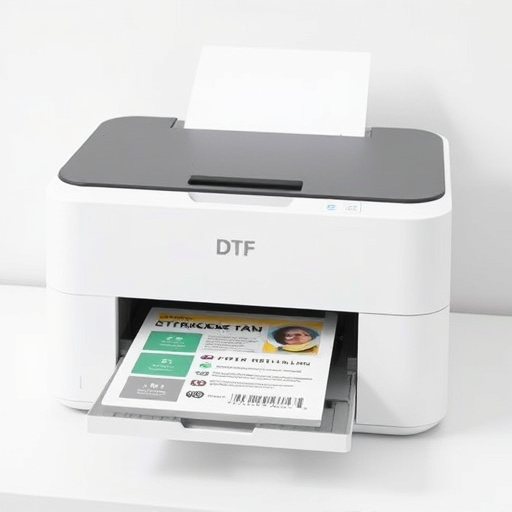
To embark on creating DTF (Direct-to-Fabric) transfers that are ready to press, there are a few essential tools required. First and foremost, secure a high-quality DTF transfer film that aligns with your desired fabric type for optimal results. This film acts as the medium through which your design will be transferred. Alongside this, invest in a reliable heat press machine capable of achieving the correct temperature and pressure for successful application of the dtf prints.
Complementing these core components are several other tools designed to enhance accuracy and efficiency. Among them: precision cutting tools like craft knives or scissors for meticulously trimming excess transfer film, clean, smooth fabric suitable for DTF for Apparel applications, and a work surface lined with a heat-resistant material to protect against the heat press’s intense temperature. These combined elements form the foundation for achieving professional dtf transfer results, ready to be pressed onto your chosen fabric.
Creating DTF transfers at home is an exciting and creative process, allowing you to transform your designs into tangible, high-quality prints. By gathering the right materials and following these simple steps, you’ll be ready to press your own DTF transfers in no time. With a bit of practice, you’ll be able to produce stunning results, opening up a world of possibilities for personalized gifts, merchandise, or even home decor. So, why wait? Dive into this guide and start pressing your artistic visions today!








